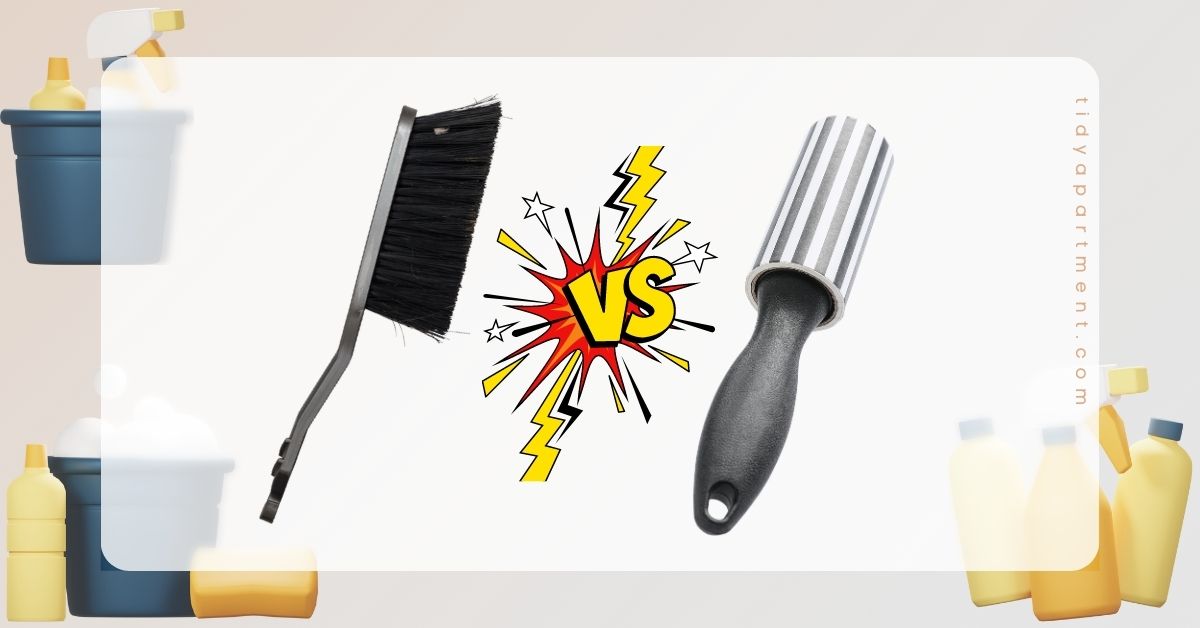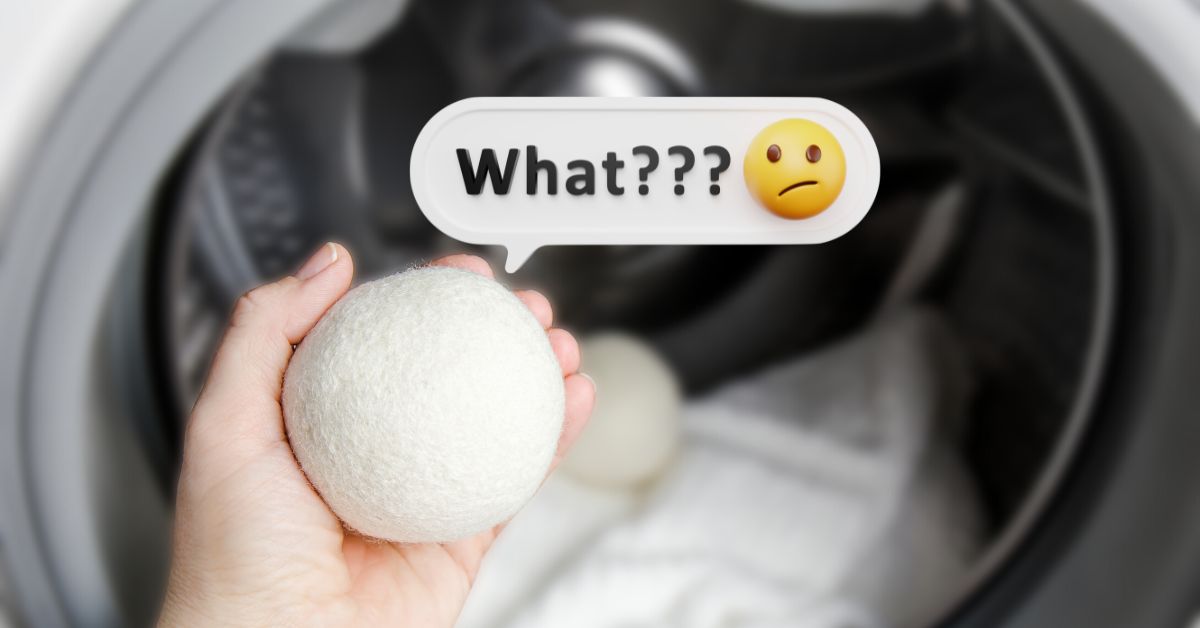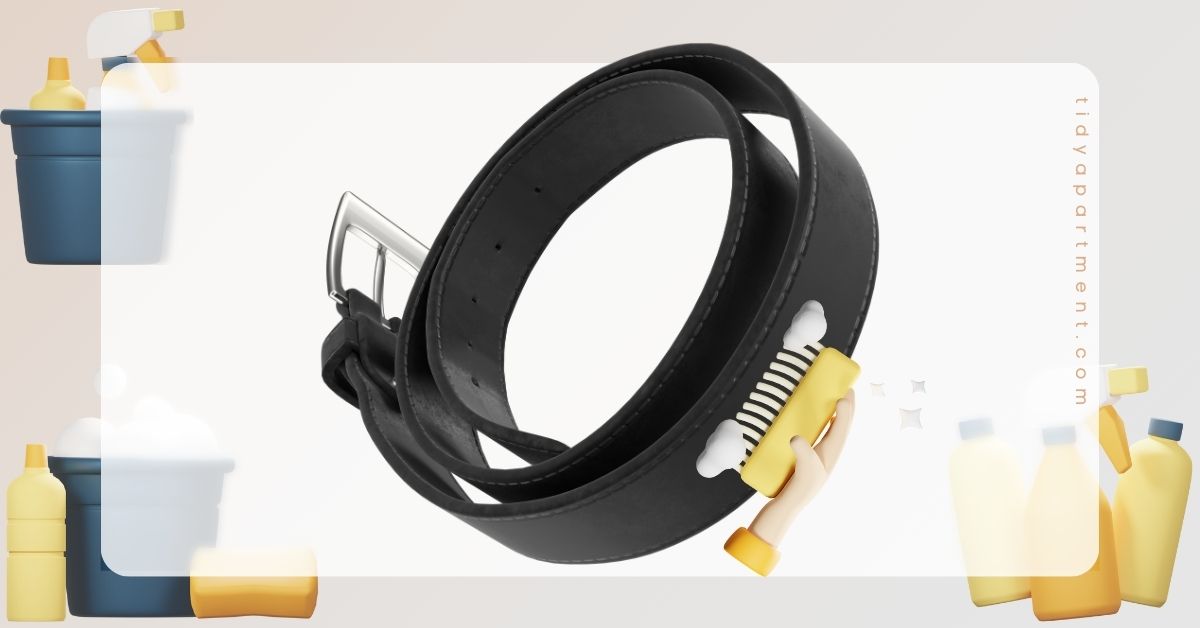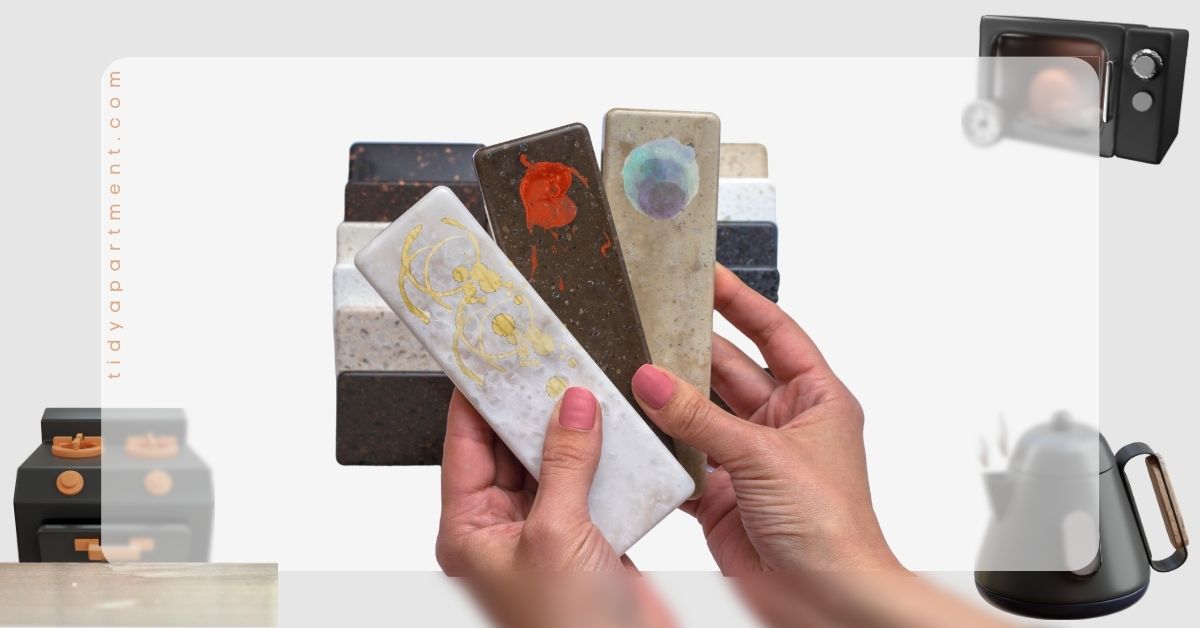Lint is a common nuisance that can make our clothes and upholstery look unkempt and untidy. Dealing with lint on clothing, upholstery, and other fabrics can be frustrating. Two popular tools are available to combat lint: the lint brush and the lint roller.
Understanding the differences between a lint brush and a lint roller can help you choose the right tool. Let’s compare what works better—lint brush vs. lint roller. Whether you’re a fashion enthusiast or a pet owner dealing with pet hair, we will provide valuable insights and practical advice on the pros and cons of both tools.
Page Content
Difference Between Lint Roller and Lint Brush
A lint brush is a regular brush with soft bristles that resembles a hairbrush. The bristles are strategically designed to attract and trap lint. They are gentle enough for delicate fabrics like silk or wool.
Lint brushes use static electricity and friction to lift lint and hair from the fabric. This makes it easier to brush away the accumulated lint from the fabric.
To effectively use a lint brush, gently brush the fabric in short, quick strokes, following the direction of the grain. Some rubber lint brushes allow you to move the bristles in a circular motion, helping you collect hair or dust.
On the other hand, lint rollers typically consist of a handle and a roll of adhesive sheets. The adhesive sheets are coated with a sticky substance to pick up and trap lint. They are suitable for various fabric types. However, it would be best to be cautious with delicate fabrics to avoid potential damage.
The adhesive used in lint rollers is designed to have enough tackiness to capture the lint but not leave residue on the fabric. Once the adhesive sheet is full of lint and hair, you can easily peel it off to reveal a new sticky surface.
Quality and effectiveness can vary between different brands and models. Choose a lint roller from a reputable brand with reliable reviews to ensure better performance and longevity.
Lint Brush vs. Lint Roller
Let’s compare lint brushes and rollers to understand which works well in different scenarios.
1. Lint Brush
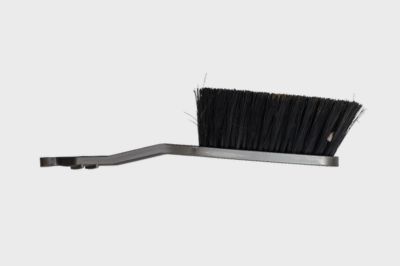
Advantages
- Environment-friendly. No need to modify or replace any parts.
- Doesn’t leave any sticky residue once used.
- Lint brushes are designed to be gentle on delicate fabrics.
- Lint brushes can be used on various fabric surfaces, including clothing, upholstery, bedding, and curtains.
- Lint brushes are low-maintenance tools.
- Easy on the pocket, you don’t have to keep replacing them.
- It helps to lessen the washing frequency. You can remove hair and dust with these brushes to clean them instead of washing them.
Disadvantages
- Removing hair and dust from garments may require more time and energy due to the soft bristles.
- Lint brushes may struggle to remove deeply embedded lint or stubborn fibers from certain fabrics.
- You may have to maintain different brushes depending on the type of fabric.
- When dealing with larger fabric surfaces or extensive lint coverage, using a lint brush can be time-consuming and require repetitive strokes.
- Lint brushes can accumulate lint, hair, and debris over time. Regular cleaning and maintenance are necessary to keep the brush effective.
- Cleaning the garments requires a disciplined and patient approach.
- While lint brushes can effectively remove some pet hair, they may be less effective in handling large amounts.
2. Lint Roller
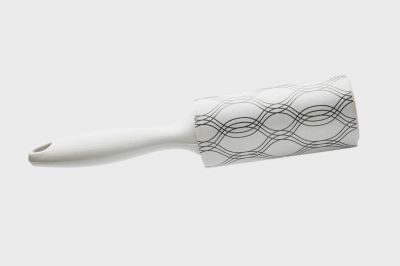
Advantages
- Affordable than lint brushes.
- Available everywhere.
- Convenient for everyday use or last-minute touch-ups.
- Hygienic option as you can easily dispose of the used sheets, ensuring you use a clean and effective surface for each use.
- Lint rollers are particularly efficient when dealing with larger fabric surfaces or garments with extensive lint coverage.
- Suitable for various materials such as cotton, wool, synthetic fibers, and even delicate fabrics like silk
- Quickly and efficiently removes the pet hair and dust.
Disadvantages
- Disposable lint rollers contribute to waste generation.
- Some lint rollers may leave behind a residue or sticky residue on the fabric after use.
- Less cost-effective as the cost of purchasing replacement sheets can add up over time.
Which One is Best for You?
From the above discussion, the lint roller may be the first option for many. It’s easy to use, quickly cleans the surfaces, saves time, and is affordable. However, fans of sustainability will try to avoid this product, as they may have concerns with the sticky adhesive used in lint rollers. The sticky residue may also damage the fabrics. In addition, the paper used for lint rollers is non-recyclable.
Lint brushes work best for delicate and expensive fabrics. Natural lint brushes ensure retaining the fabric’s quality without any adverse effects. A lint brush is a pricey deal when compared with lint rollers. However, lint rollers come with a recurring cost to purchase refills. On the other hand, buying a lint brush is a one-time deal with no recurring costs.
We suggest you decide based on cleaning effectiveness, usage, cost, and environmental effect.
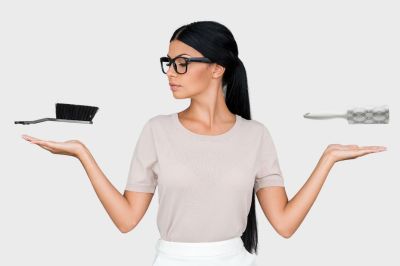
How to Use Lint Brush?
Correctly brushing your garments is crucial. It helps with the efficient and effective removal of hair and dust. Brush your garment by firmly sweeping it in one direction. Avoid scrubbing. You can, though, brush the garment by strongly flicking it.
Continue brushing in the same direction all the time. It will keep the fabric points at a similar angle. Otherwise, the fabric may appear untidy and flustered.
Use a lint brush with firm bristles for clothes with mud stains. Ensure you use a natural bristle brush.
Ensure that you brush against the garment to remove hair and dust. Then brush the garment to give it a finished appearance.
Remove dust or hair patches with short and quick strokes. Avoid putting hard pressure on the fabric to prevent damage.
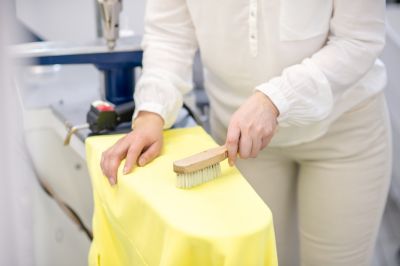
How to Use Lint Roller?
Ensure the lint roller is clean. Grasp the lint roller firmly by its handle or grip. Ensure you have a comfortable grip to have better control while using it. Roll the lint roller by moving it upside down on your fabrics. You will notice all the pet hair and dust gone in a few minutes.
After use, examine the adhesive sheet for lint, hair, or debris accumulation. If the sheet is full or no longer sticky, discard it from the lint roller.
If you want to learn to clean leather bag/purse with a lint roller, you must read: How To Clean White Leather Bag and Purse
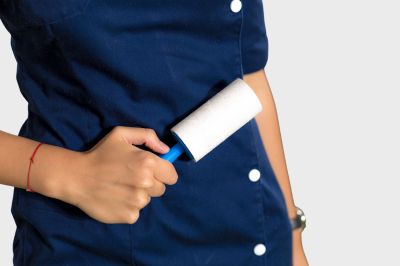
- Are lint brushes effective?
Yes, lint brushes are effective. However, they take a long time to clean the garments and need lots of patience and energy.
- Does anything work better than a lint roller?
Fabric shavers work better than lint rollers. Lint rollers may leave a sticky residue on the clothes, allowing them to gather pet hair and dust again. Fabric shavers, on the other hand, cut the fuzz and fabric pilling, giving a fresh appearance to your garments.
Conclusion
Lint brush vs. lint roller is an age-old question to which people are looking for answers. People always face the challenge of cleaning dust and pet hairs that settle on their garments, furniture, car seats, etc. Removing them is easy with lint brushes or lint rollers.
Lint brushes are best for expensive garments but require hard work for effective cleaning. Lint rollers are cheaper, quick, and easy to use. It’s better to have both products at home. It will give you a broad scope for using them based on your needs.
To retain the luster of your garments, use lint brushes. Use lint rollers for quick dust removal from clothes, furniture, car seats, upholstery, etc.
Bugs can also feed on lint. To learn which bugs are attracted to lint, read: Identify 9 Bugs That Eat Clothes
